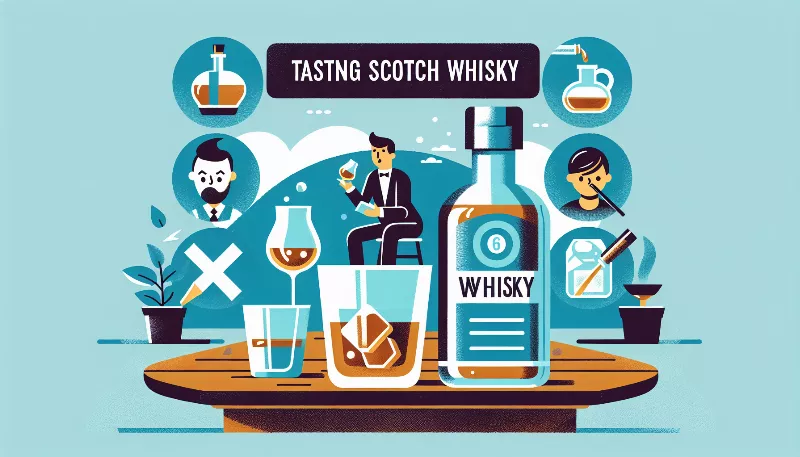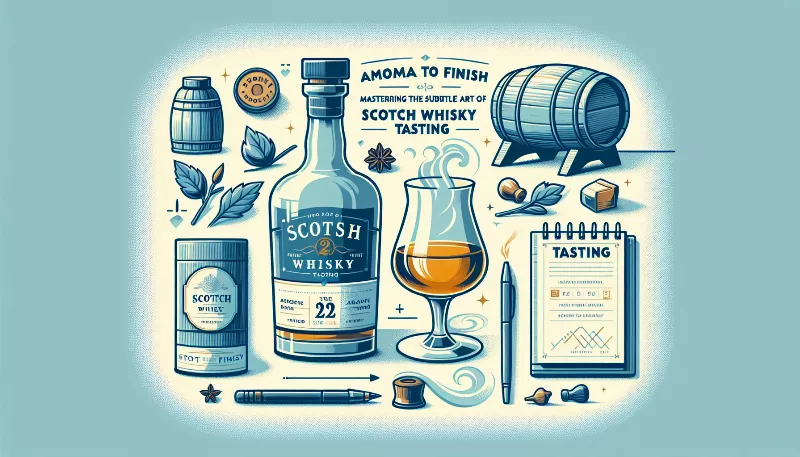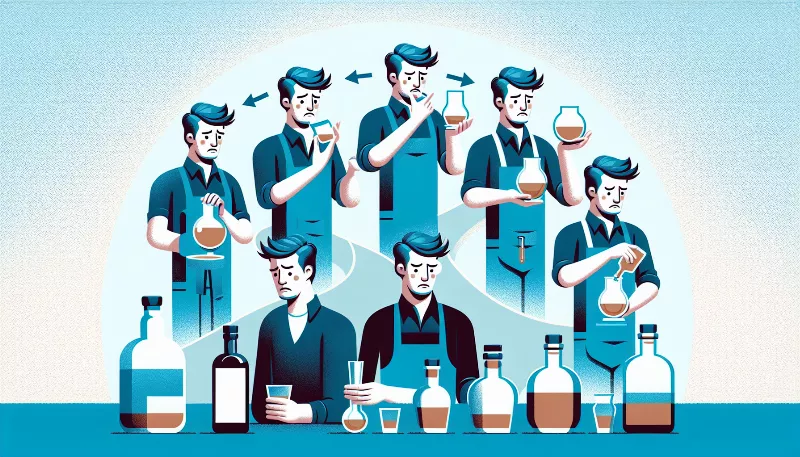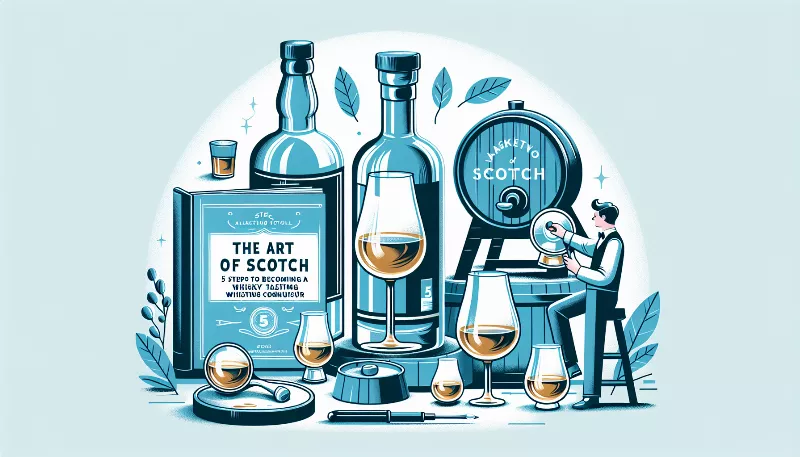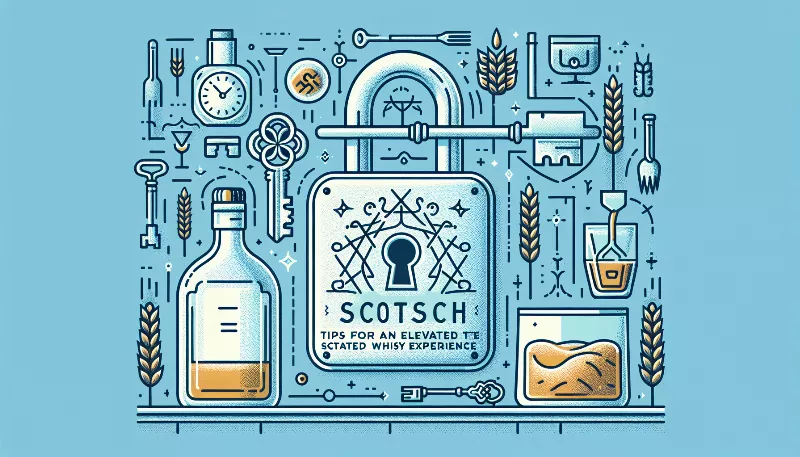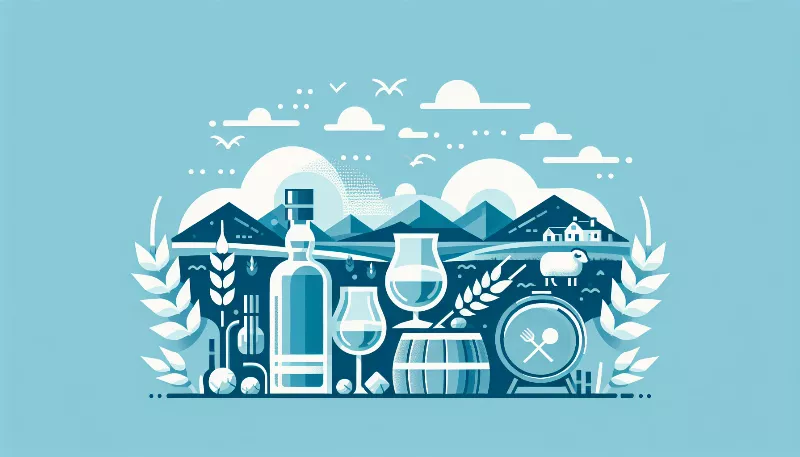From Grain to Glass: The Spirited Journey of Scotch Whiskey
Discover the art of Scotch whiskey-making, from malting grains to aging in oak barrels. Savor the tradition & craftsmanship in every glass.
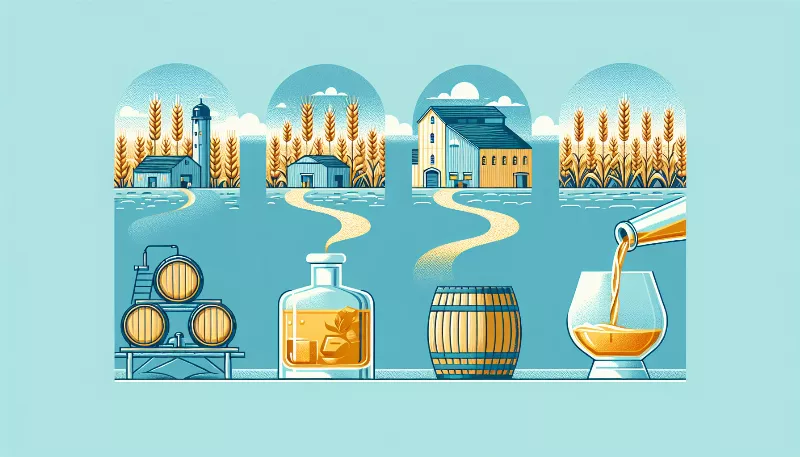
Embarking on a Flavorful Voyage
Imagine the rolling green hills of Scotland, the sound of bagpipes echoing in the distance, and the scent of peat hanging lightly in the air. This is the birthplace of one of the world's most revered spirits: Scotch whisky. The journey from grain to glass is an intricate dance of tradition, craftsmanship, and the unique touch of Scottish terroir. Let's embark on this spirited voyage to discover how Scotch whisky transforms from simple ingredients into a complex and celebrated libation.
The Humble Beginnings: Malting the Grain
Our journey begins with the selection of quality grains, primarily barley, which is steeped in water and allowed to germinate. This process, known as malting, converts the starches in the grain into fermentable sugars. The germinated barley is then dried in kilns, often over peat fires, which imbue it with that distinctive smoky flavor characteristic of many Scotch whiskies.
The Art of Mashing and Fermentation
Once malted, the barley is ground into a coarse powder called grist. The grist is mixed with hot water in a large vessel known as a mash tun. This process, called mashing, further breaks down the starches and extracts the sugars, creating a sweet liquid called wort. The wort is then transferred to fermentation vessels, usually made of Oregon pine or stainless steel, where yeast is added. Over the course of several days, the yeast works its magic, turning the sugars into alcohol and creating a liquid called 'wash' with low alcohol content, similar to beer.
The Heart of the Process: Distillation
Distillation is where the true essence of Scotch whisky begins to take shape. The wash is heated in copper pot stills, where it undergoes two (sometimes three) rounds of distillation. The artistry of the stillman comes into play here, as they make critical decisions about which portions of the distilled spirit—the 'heads,' 'hearts,' and 'tails'—to keep and which to redistill. It is the 'hearts' that continue on their journey, carrying with them the promise of becoming fine Scotch whisky.
Aging to Perfection: The Maturation Process
Scotch whisky must be aged in oak casks for a minimum of three years, but many are left to mature much longer. During this time, the spirit develops its full flavor profile, drawing color, character, and complexity from the wood. The choice of cask—be it American bourbon barrels, Spanish sherry butts, or other varieties—has a profound impact on the final taste of the whisky. As the seasons change, the whisky expands and contracts within the cask, 'breathing' in the essence of its environment.
The Finishing Touch: Bottling the Spirit
After maturation, the whisky is often blended with other casks to achieve the desired flavor profile. It is then diluted to bottling strength with pure Scottish water, filtered, and bottled. Each bottle of Scotch whisky captures the essence of its homeland, ready to be savored by enthusiasts around the globe.
In Conclusion: A Toast to Scotch Whisky
The journey from grain to glass is a testament to the dedication and skill of the distillers who craft Scotch whisky. It's a process steeped in history yet alive with innovation. So, the next time you raise a glass of this storied spirit, take a moment to appreciate the journey it has taken to reach you. Slàinte mhath!

